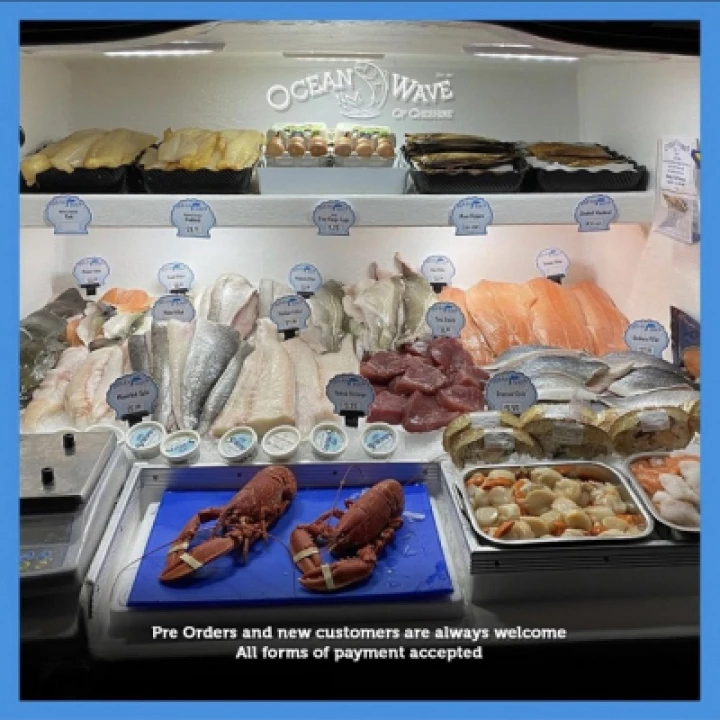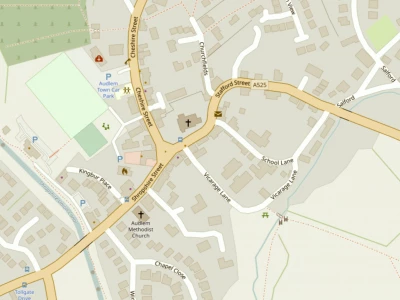







RMS Olympic, launched on 20th October 1910, was a British transatlantic ocean liner, the lead ship of the White Star Line's trio of Olympic-class liners. Unlike her younger sister ships, Olympic had a long career, spanning 24 years from 1911 to 1935.
Her maiden voyage, captained by Edward J. Smith, commenced on 14 June 1911 from Southampton, calling at Cherbourg and Queenstown, reaching New York City on 21 June. As the largest ship in the world, and the first in a new class of superliners, Olympic's maiden voyage attracted considerable worldwide attention from the press and public. Following her arrival in New York, Olympic was opened up to the public and received over 8,000 visitors. More than 10,000 spectators watched her depart from New York harbour, for her first return trip.
Captain Smith later went on to captain RMS Titanic on her fateful maiden voyage
Titanic disaster
On 14 April 1912, Olympic was on a return trip from New York. Wireless operator Ernest James Moore received the distress call from Titanic, when she was approximately 500 nautical miles west by south of Titanic's location. The Captain calculated a new course, ordered the ship's engines to be set to full power and headed to assist in the rescue.
When Olympic was about 100 nautical miles away from Titanic's last known position, she received a message from Captain Rostron of Cunard's RMS Carpathia, which had arrived at the scene. Rostron explained that Olympic continuing on course to Titanic would gain nothing, as "All boats accounted for. About 675 souls saved ... Titanic foundered about 2:20 am."
When Olympic offered to take on the survivors, she was heatedly turned down by Rostron, who was concerned that it would cause panic amongst the survivors of the disaster to see a virtual mirror-image of Titanic appear and ask them to board. Olympic then resumed her voyage to Southampton, with all concerts cancelled as a mark of respect, arriving on 21st April.
Wartime service
When the first World War began, Olympic initially remained in commercial service under Captain Herbert James Haddock. As a wartime measure, Olympic was painted in a grey colour scheme, portholes were blocked, and lights on deck were turned off to make the ship less visible. In May 1915 she was requisitioned by the Admiralty to be used as a troop transport, along with the Cunard liners Mauretania and Aquitania.
In August 1919 Olympic returned to Belfast for restoration to civilian service. Her interior was modernised and her boilers were converted to burn oil rather than coal as it lowered the refuelling time from days to hours; it also gave a steadier engine R.P.M and allowed the engine room personnel to be reduced from 350 to 60 people.
During the 1920s, Olympic remained a popular and fashionable ship, and often attracted the rich and famous of the day; Charlie Chaplin, Mary Pickford and Douglas Fairbanks, and Prince Edward, then Prince of Wales, were among the celebrities that she carried. Prince Edward and Captain Howarth were filmed on the bridge of Olympic for Pathé News. According to his autobiography, Cary Grant, then 16 year old Archibald Leach, first set sail to New York on Olympic on 21 July 1920 on the same voyage on which Douglas Fairbanks and Mary Pickford were celebrating their honeymoon.
Later years
The shipping trade was badly affected by the Great Depression. Until 1930 there had generally been around one million passengers a year on the transatlantic route, but by 1934 this had dropped by more than half. Furthermore, by the early 1930s, increased competition emerged, in the form of a new generation of larger and faster liners such as Germany's SS Bremen and SS Europa, Italy's SS Rex and France's SS Île de France, and the remaining passengers tended to prefer the more up-to-date ships. Olympic had averaged around 1,000 passengers per journey until 1930, but this declined by more than half by 1932.
Olympic was withdrawn from the transatlantic service, and left New York for the last time on 5th April 1935, returning to Britain to be laid up. Her new owners considered using her for summer cruises for a short while, but this idea was abandoned and she was put up for sale. Among the potential buyers was a syndicate who proposed to turn her into a floating hotel off the south coast of France, but this came to nothing.
After being laid up for five months alongside her former rival Mauretania, she was sold to Sir John Jarvis – Member of Parliament for £97,500, to be partially demolished at Jarrow to provide work for the depressed region. Her superstructure was demolished in 1936, and in 1937, Olympic's hull was towed to Inverkeithing to Thos. W Ward's yard for final demolition.
By the time of her retirement, Olympic had completed 257 round trips across the Atlantic, transporting 430,000 passengers on her commercial voyages, travelling 1.8 million miles.
"Well boys, do your best for the women and children, and look out for yourselves."
Edward John Smith
This article is from our news archive. As a result pictures or videos originally associated with it may have been removed and some of the content may no longer be accurate or relevant.
Get In Touch
AudlemOnline is powered by our active community.
Please send us your news and views using the button below:
Email: editor@audlem.org


